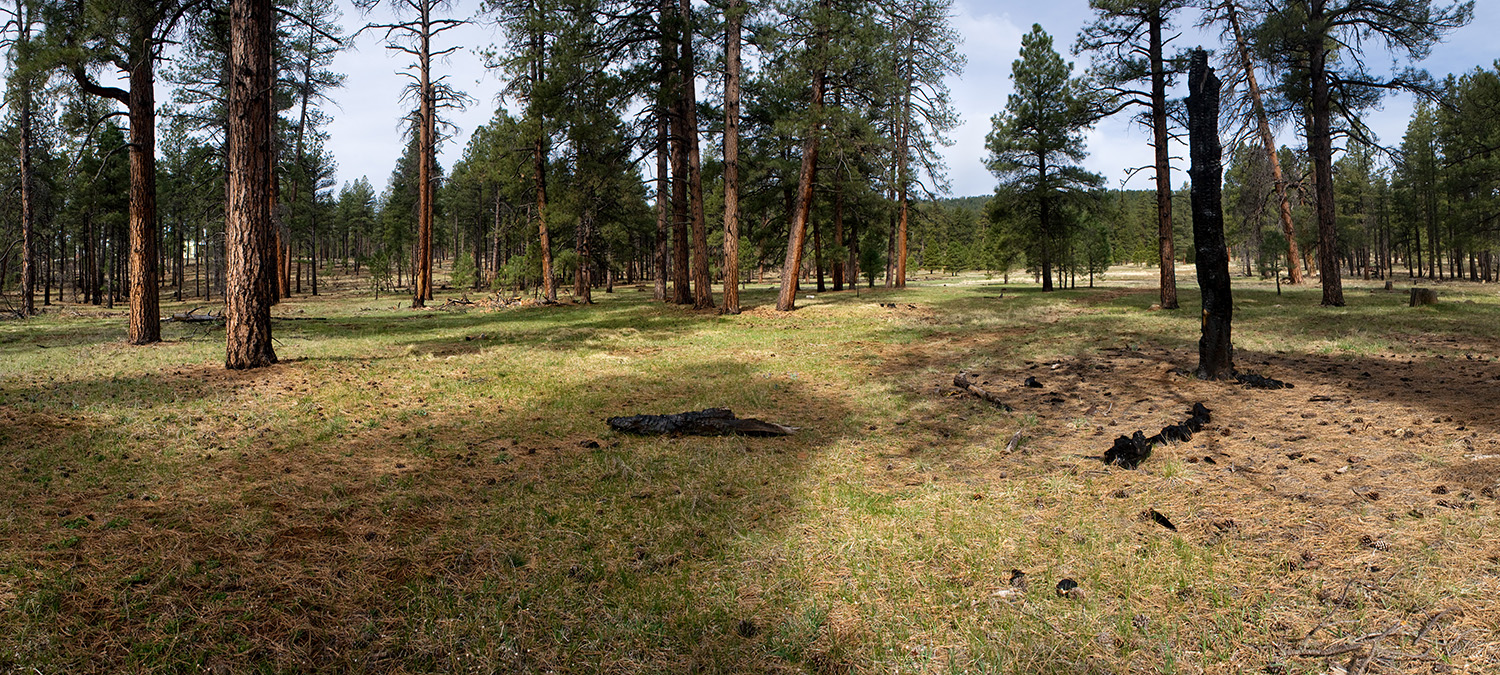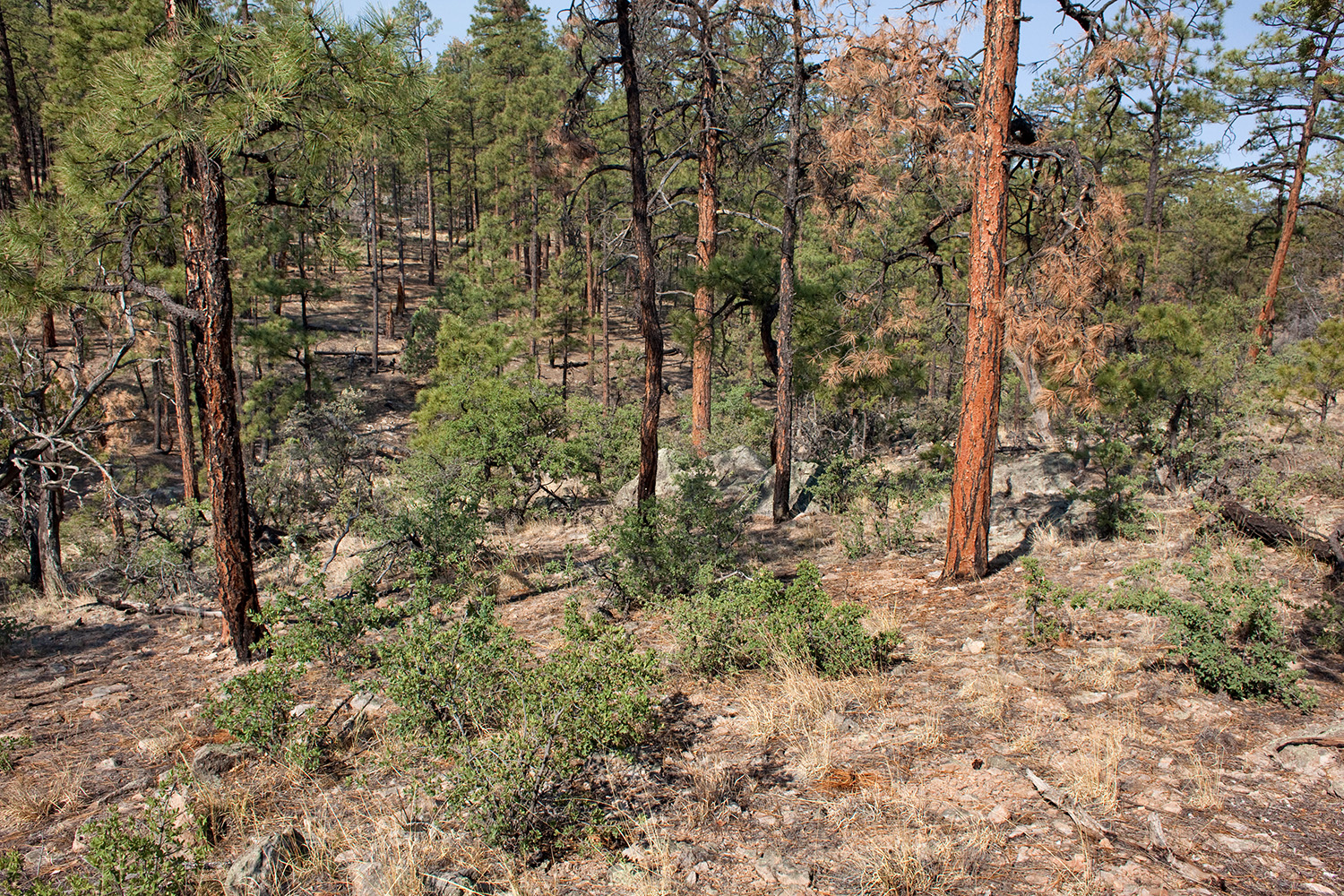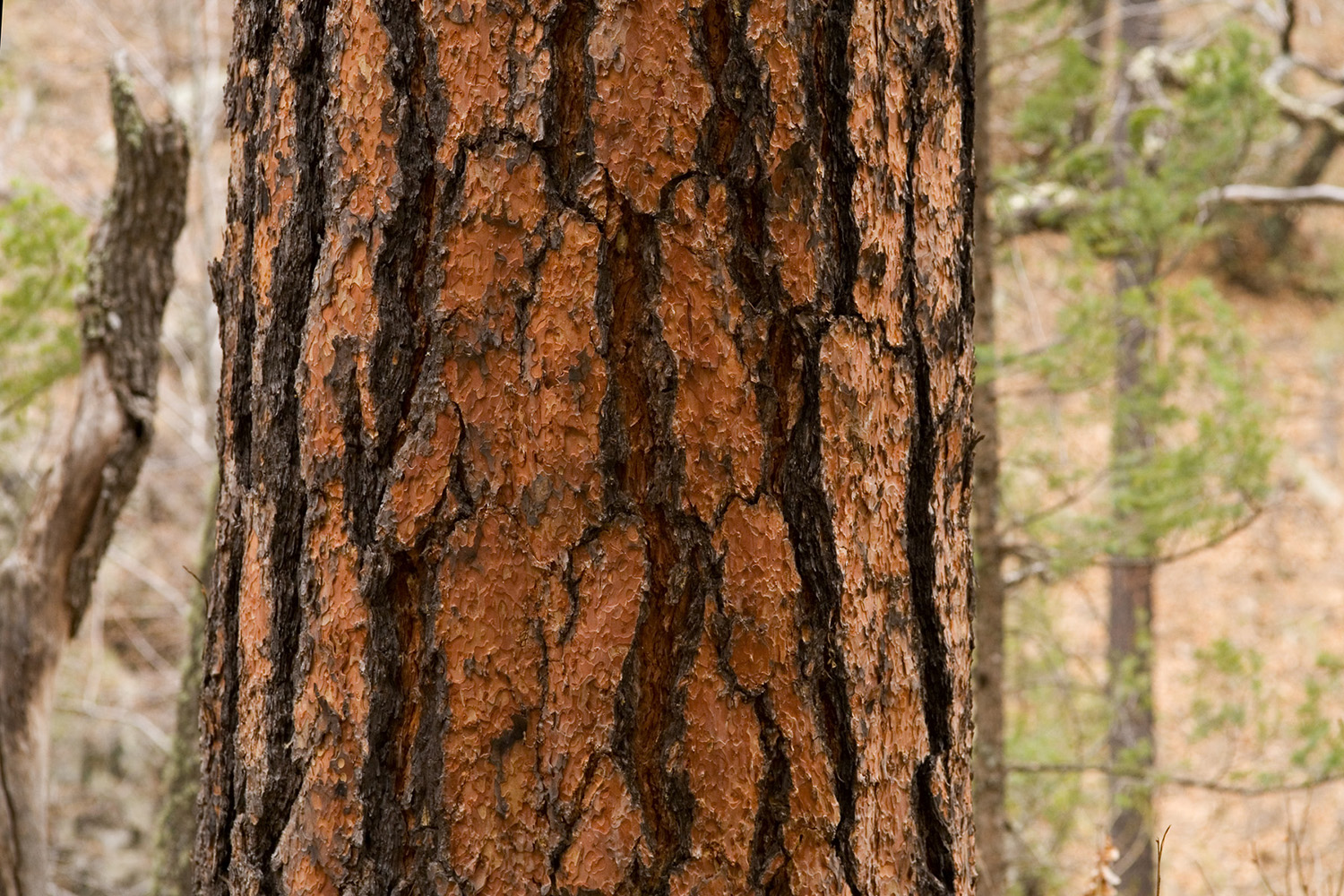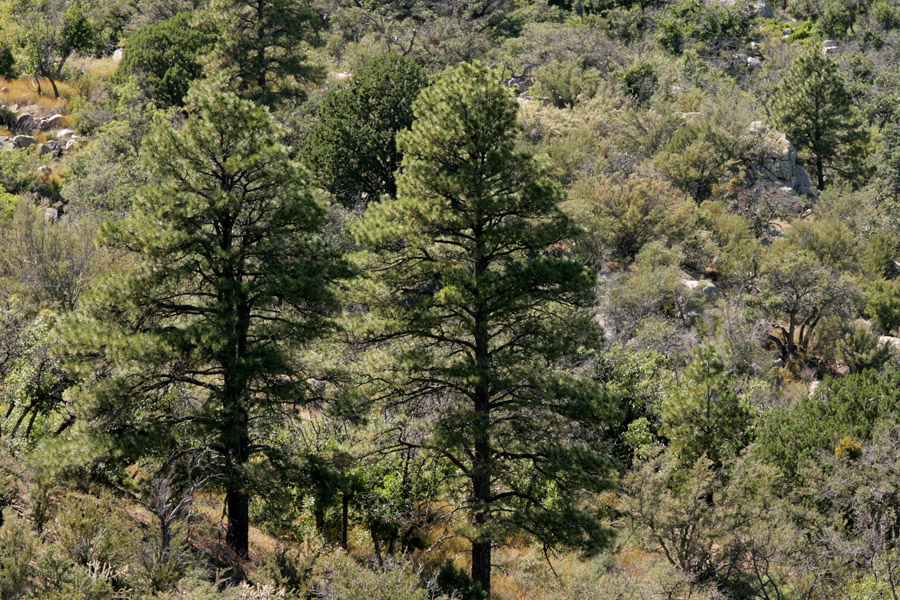Selected Plants of Navajo Rangelands
Ponderosa pine

Ponderosa pine is a large, long-lived, native forest tree common throughout the western United States. The height of mature trees ranges from 55 to 90 feet. Ponderosa pine seeds are consumed by a great many birds and small mammals such as mice, chipmunks, and tree squirrels. Snags in the mature pine forest provide a large number of species with nesting and roosting sites. Big game, such as deer and elk, also use the pine forests for food and shelter. Ponderosa pines are fire-adapted and may grow in an open, park-like structure.
When the needles are eaten during gestation, they can cause abortion in cattle.






©2018 NMSU Board of Regents.
Individual photographers retain all rights to their images.
Partially funded by the
Western Sustainable
Agriculture Research and Education Program
(westernsare.org; 435.797.2257),
project EW15-023.
Programs and projects supported by Western SARE are
equally open to all people.